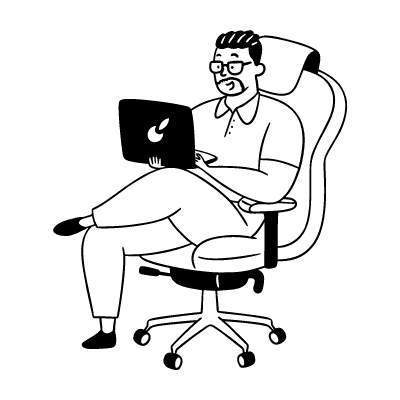Fixed vs. Variable Interest Rates on Personal Loans

When considering a personal loan, one of the most important decisions you'll need to make is choosing between a fixed or variable interest rate. Each type of interest rate has its own advantages and disadvantages, and understanding these can help you make an informed decision that aligns with your financial goals. In this guide, we'll explore the differences between fixed and variable interest rates on personal loans, their pros and cons, and factors to consider when choosing the right option for you.
What is a Fixed Interest Rate?
A fixed interest rate remains constant throughout the life of the loan. This means that your monthly payments will stay the same, providing predictability and stability in your budgeting. Fixed interest rates are commonly used in personal loans, auto loans, and mortgages.
Advantages of Fixed Interest Rates
- Predictability: Your monthly payments remain the same, making it easier to budget and plan for the future.
- Protection from Rate Increases: You're protected from potential interest rate hikes in the market.
- Stability: Fixed rates offer financial stability, which is particularly beneficial for long-term loans.
Disadvantages of Fixed Interest Rates
- Higher Initial Rates: Fixed rates are often higher than variable rates at the beginning of the loan term.
- Missed Opportunities: You won't benefit from potential decreases in interest rates over time.
What is a Variable Interest Rate?
A variable interest rate, also known as a floating or adjustable rate, can change periodically based on market conditions. These rates are typically tied to a benchmark interest rate, such as the prime rate or the LIBOR. As the benchmark rate fluctuates, so does your loan's interest rate and monthly payment amount.
Advantages of Variable Interest Rates
- Lower Initial Rates: Variable rates are often lower than fixed rates at the beginning of the loan term, potentially saving you money.
- Potential Savings: If interest rates decrease, your monthly payments could go down, saving you money over time.
Disadvantages of Variable Interest Rates
- Unpredictability: Monthly payments can fluctuate, making budgeting more challenging.
- Risk of Rate Increases: If interest rates rise, your monthly payments could increase, potentially straining your budget.
Factors to Consider When Choosing Between Fixed and Variable Interest Rates
When deciding between fixed and variable interest rates on personal loans, consider the following factors:
1. Financial Stability
If you prefer stability and predictability in your monthly payments, a fixed interest rate may be the better option. Fixed rates provide certainty, which can be beneficial if you have a fixed income or need to stick to a strict budget.
2. Market Conditions
Consider the current and projected interest rate environment. If interest rates are low and expected to rise, a fixed rate might be advantageous. Conversely, if rates are high and expected to fall, a variable rate could potentially save you money.
3. Loan Term
For short-term loans, a variable interest rate might offer initial savings without significant risk. For long-term loans, the predictability of a fixed rate might be more appealing.
4. Risk Tolerance
Your personal risk tolerance plays a crucial role in this decision. If you're comfortable with the possibility of fluctuating payments, a variable rate could be suitable. If you prefer certainty and stability, a fixed rate is likely the better choice.
5. Loan Amount
For large loan amounts, even small changes in interest rates can have a significant impact on your monthly payments. In such cases, a fixed interest rate might provide more peace of mind.
Which is Right for You?
Ultimately, the choice between fixed and variable interest rates depends on your individual financial situation, preferences, and market conditions. Here are some scenarios to help you decide:
- If you value predictability and stability: A fixed interest rate is likely the better option for you.
- If you're comfortable with some level of risk and want to take advantage of potentially lower rates: A variable interest rate might be suitable.
- If you're taking a short-term loan: A variable interest rate could offer initial savings without significant long-term risk.
- If you're taking a long-term loan: A fixed interest rate might provide more financial stability and peace of mind.
Conclusion
Choosing between fixed and variable interest rates on personal loans is a critical decision that can impact your financial future. By understanding the differences, advantages, and disadvantages of each type, you can make an informed choice that aligns with your financial goals and risk tolerance. Consider your financial stability, market conditions, loan term, risk tolerance, and loan amount when making your decision. With the right choice, you can secure a personal loan that best meets your needs and helps you achieve your financial objectives.
